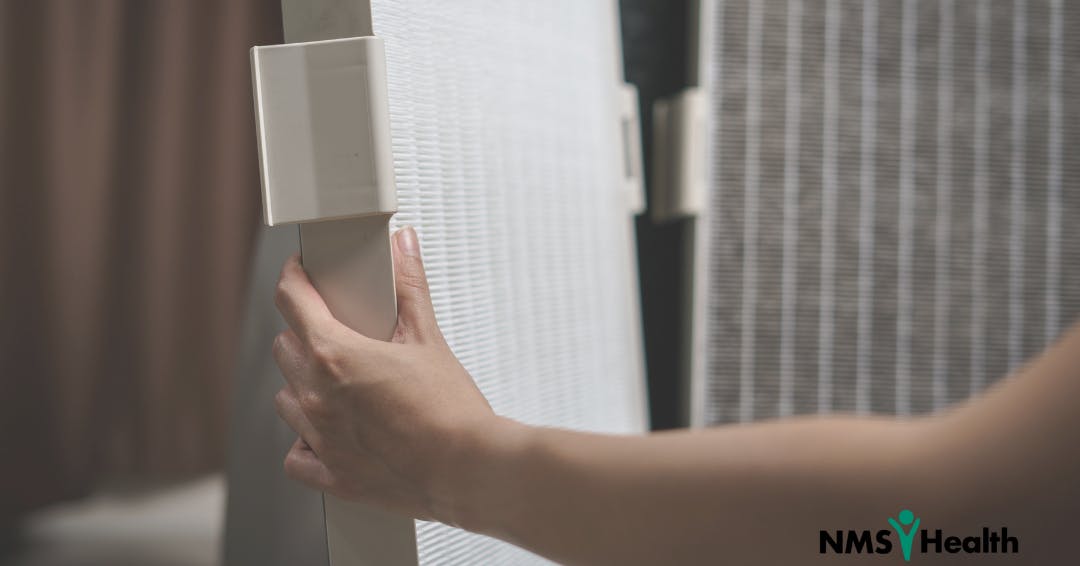In the beginning of the pandemic, lots of people began paying attention to the air quality of office buildings, schools, and other indoor spaces. By October of 2020, the Centers for Disease Control and Prevention confirmed that transmission of SARS-COV-2 could be spread through airborne particles, especially in poorly ventilated and enclosed spaces. Although many places are now abandoning mask mandates, vaccine passports and doing away with physical distancing, subvariants of COVID-19 such as the BA.2 omicron subvariant are still highly contagious and spreading quickly. Improved ventilation can still play a major role in decreasing cases of coronavirus.
Considering the role ventilation must play in public health and safety, the White House released their “Clean Air in Buildings Challenge”. According to the United States Environmental Protection Agency (EPA), the initiative highlights a range of recommendations and resources available for improving ventilation and indoor air quality and is a set of best practices to assist building owners and operators with reducing the risks from airborne viruses and other contaminants. The EPA created a guide to assist building owners and operators in implementing steps.
The EPA’s recommendations are organized into four groups:
- Create a clean indoor air action plan that assesses indoor air quality, plans for upgrades and improvements, and includes HVAC inspections and maintenance.
- Optimize fresh air ventilation by bringing in and circulating clean outdoor air indoors.
- Enhance air filtration and cleaning using the central HVAC system and in-room air cleaning devices.
- Engage the building community by communicating with building occupants to increase awareness, commitment, and participation.
Some of the recommendations are short-term improvements, like utilizing portable air cleaners in areas with poor air flow. A simulation conducted by the Centers for Disease Control and Prevention (CDC) in 2021 found that the use of portable air cleaners with high-efficiency particulate air (HEPA) filters could reduce aerosol particle exposure by up to 65%. Other investments, like updating HVAC systems and installing extra ventilation require more long-term investments.
Similarly, the Occupational Safety and Health Administration has their own suggestions to best protect employees:
- Instruct sick workers to stay home.
- Consult with an HVAC professional and building management to maintain relative humidity between 40-60%. · When changing filters, ensure workers wear appropriate personal protective equipment. ASHRAE recommends N95 respirators, eye protection (safety glasses, goggles, or face shields), and disposable gloves.
- Make sure exhaust fans in restrooms are fully functional, operating at maximum capacity, and set to remain on.
- Ensure policies encourage workers to report any safety and health concerns.
While OSHA and the EPA guide do not explicitly address the cost of such improvements and safety measures, the guide does state that funds from the American Rescue Plan and Bipartisan Infrastructure Law can be used to supplement investments in ventilation and indoor air quality improvements in public settings.


